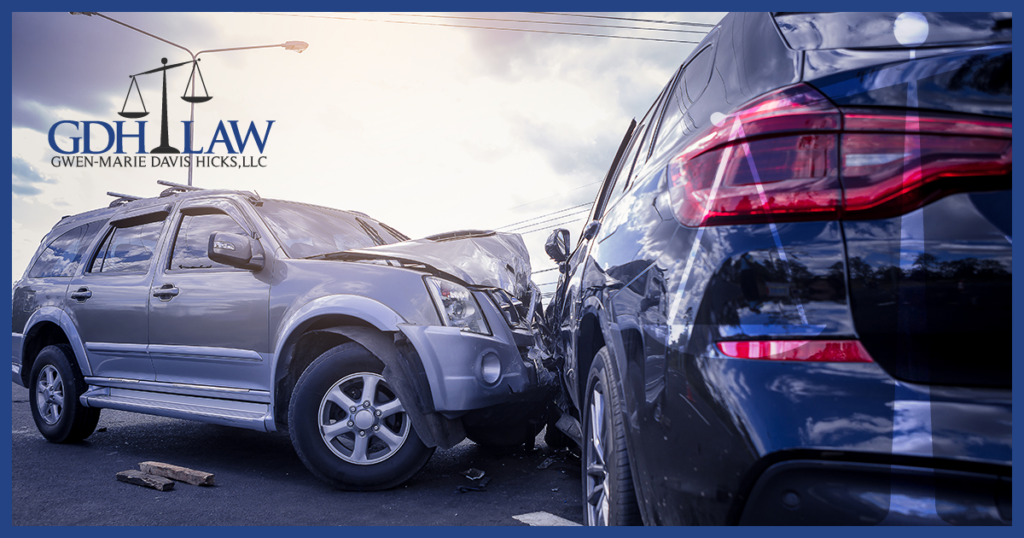
When it comes to understanding the intricacies of state laws regarding car insurance, it’s essential to know whether you live in a no-fault state.
No-fault insurance laws can significantly impact how accidents are handled and insurance claims are processed. In the United States, each state has its own set of regulations governing auto insurance, and Maryland is no exception.
In this blog post, we’ll discuss whether Maryland operates under a no-fault system and what implications that has for drivers in the state.
What Is a No-Fault State?
Before we explore Maryland’s stance on no-fault insurance, let’s clarify what it means to be a no-fault state. In simple terms, in a no-fault state, drivers involved in accidents are typically required to turn to their insurance companies for compensation regardless of who was at fault for the accident.
This system aims to streamline the claims process and reduce the need for litigation, thereby potentially lowering insurance premiums for drivers.
Maryland’s Insurance Laws
More than 600 Maryland drivers and passengers are killed in car crashes each year. Another 50,000 are injured.
Unlike some states that have fully embraced the no-fault system, Maryland operates under a traditional tort (at-fault) system for auto insurance.
In a tort system, the driver found to be at fault for the accident is responsible for covering the damages incurred by the other party/parties involved. This means that in Maryland, the at-fault driver’s insurance company is typically responsible for paying for the medical expenses, vehicle repairs, and other losses suffered by the other driver(s) and passengers.
Benefits of an At-Fault System
While some may argue that a no-fault system offers simplicity and efficiency, Maryland’s adherence to an at-fault system, also known as a tort system, has several benefits for drivers and insurance companies alike:
- Clarity in Responsibility: In an at-fault system, determining who is responsible for an accident is usually straightforward. This streamlines the claims process and helps to ensure that the party at fault is held accountable for the damages they caused.
- Full Compensation: Victims of accidents in an at-fault system have the opportunity to seek full compensation for their losses from the responsible party’s insurance company. Providing more comprehensive support for accident victims.
- Incentive for Safe Driving: The at-fault system creates an incentive for drivers to operate their vehicles safely and responsibly, knowing that they could be held liable for any accidents they cause.
- Reduced Insurance Fraud: Because the at-fault system relies on determining fault in accidents, there is less incentive to engage in insurance fraud by exaggerating or falsifying claims. This can help to reduce fraudulent activity and keep premiums lower for all policyholders.
- Lower Premiums: In theory, the at-fault system can lead to lower insurance premiums for drivers. This can result in more competitive rates for drivers maintaining safe driving records.
Overall, the at-fault system promotes accountability, fairness, and responsible driving behavior, ultimately benefiting both individual drivers and the broader community.
Challenges of an At-Fault System
Despite the benefits of Maryland’s at-fault system, it also presents some challenges that can impact both drivers and insurance companies.
These can include:
- Litigation Risks: In an at-fault system, there’s a higher likelihood of lawsuits being filed following accidents, particularly in cases where fault is disputed. This can lead to higher legal costs and the need for more extensive court proceedings, adding stress and uncertainty. This is where the help of an experienced Maryland car accident lawyer, like those at GDH Law, becomes invaluable.
- Potential for Coverage Gaps: In some cases, drivers may not have sufficient insurance coverage to fully compensate accident victims for their losses. This can result in coverage gaps where victims are unable to recover all of their expenses, leading to additional financial hardships and disputes between parties.
- Emotional Stress and Strain: Being deemed at fault for an accident can be emotionally challenging for drivers, particularly if they believe they were not responsible for the collision. Dealing with the aftermath of an accident, including potential legal proceedings and financial obligations, can add stress and strain to an already difficult situation.
Exceptions to Maryland’s At-Fault System
While Maryland predominantly follows an at-fault system for auto insurance, there are certain exceptions and nuances to be aware of. For instance, Maryland does have a limited form of no-fault coverage known as Personal Injury Protection (PIP) insurance.
PIP coverage (both full and limited coverage) is optional in Maryland but can provide additional benefits to policyholders by covering medical expenses and lost wages, regardless of who was at fault for the accident.
Navigating Auto Insurance Requirements
Understanding Maryland’s auto insurance requirements is crucial for all drivers in the state.
While Maryland law mandates that all drivers carry a minimum level of liability insurance coverage, drivers may also choose to purchase additional coverage options such as PIP, uninsured/underinsured motorist coverage, and comprehensive/collision coverage.
By familiarizing themselves with these options, drivers can ensure they have adequate protection in the event of an accident.
Maryland is not a no-fault state but instead follows a traditional tort system for auto insurance.
While this system places the responsibility on the at-fault driver to cover the damages incurred by others in an accident, it also allows for more comprehensive compensation for accident victims.
However, navigating Maryland’s auto insurance requirements and the complexities of determining fault can be challenging. By staying informed and understanding their coverage options, drivers can better protect themselves and their assets on the road.
If you’ve been involved in an accident that you feel wasn’t your fault and need the guidance of an experienced Maryland car accident lawyer, GDH Law offers a free consultation.












